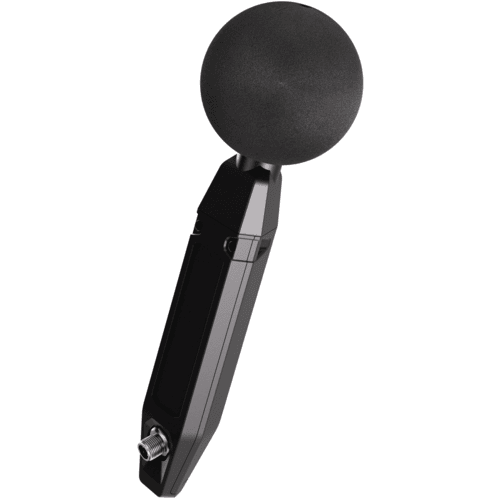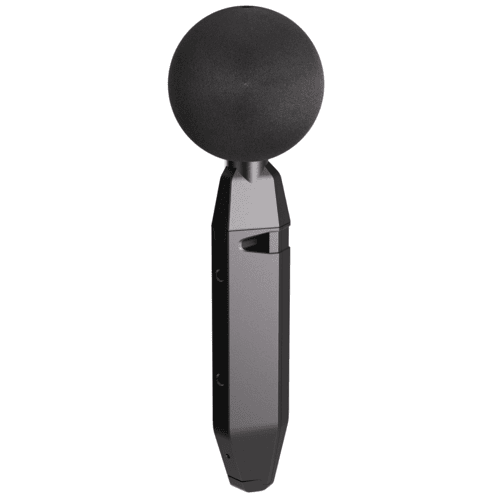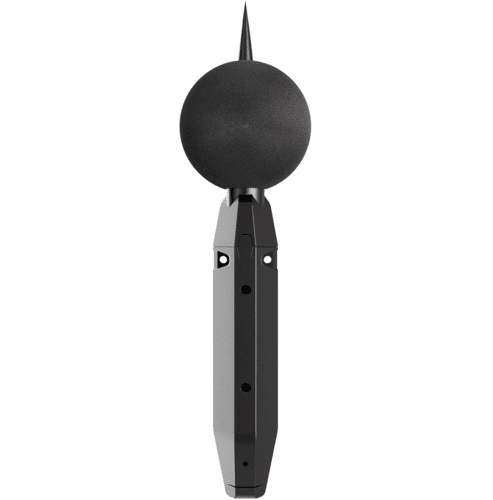SAS — Smart Acoustic Sensor: The Class 1 Sound Level Meter that Does It All
Acoustics. Overpressure. Infrasound. Measured together — for the first time ever — in the world’s most advanced Class 1 sound level meter (certification pending).
Why juggle multiple sensors when one Smart Acoustic Sensor does it all? Patented technology. Every feature included. Class 1 precision (certification pending). Portable. Rugged. Ready for spot checks or long-term monitoring.
Where others trade reliability for portability or power consumption, SAS delivers it all: real-time data, proven durability, low power, and complete functionality. For every application.
Ask for price See technical documentation
One Smart Acoustic Sensor. Every Application.
Blasting & Mining
Environmental Noise Monitoring
Industrial Compliance
Acoustic Consulting
Windfarm Monitoring
Why Are Our Acoustic Consultants and Engineers Switching to SAS?
At Soft dB, we believe high-tech should stay simple. One sensor model built to cover almost every application. Easier deployment. Simplified fleet management. We don’t do complicated. We do powerful.
“As acousticians, we got tired of swapping mics, worrying about data quality, juggling different tools and paying extra for features we actually needed in the field. The SAS is the Class 1 sound level meter we wished existed all along. So we engineered it, to cover every application.”
Mining, Blasting, Heavy Industrial Noise and Overpressure Levels Measurement
The SAS is more than just a sound level meter; it's a new standard in acoustic monitoring. Engineered as a Class 1 sound level meter, it delivers unmatched precision with the unique capability of simultaneous OPL and SLM measurements, allowing you to capture a complete acoustic picture without compromise. We've redefined cost-efficiency by designing a solution that is not only half the cost, but also requires half the maintenance, providing you with superior performance and unprecedented value.
Its automated sensor check eliminates the need for costly and time-consuming site calibration visits, ensuring your data is always reliable and accurate. Rugged by design, the SAS is built to handle the harshest environments without fail, delivering uncompromising performance wherever your work takes you.
Watch this video to see how the SAS sets the new standard for the industry.
Environmental Noise Monitoring With Continuous Audio Recordings
Ideal for long-term noise monitoring stations. Ensures compliance and helps reduce noise pollution with real-time data.
dBG measurements included for infrasound. Most Class 1 meters include A, C and Z weightings, but rarely dBG. The SAS does.
Class 1 monitoring for real-world conditions. Measure and prevent exceedances.
Remote calibration check. Fewer field interventions, smoother operations. Save time like never before.
Built rugged for long-term outdoor use. Ready for harsh environments.
Continuous audio recordings. Even compliant noise can trigger complaints, but standard monitoring stations don’t always record it. SAS captures every event, even below thresholds, so you can analyze, understand, and act fast.
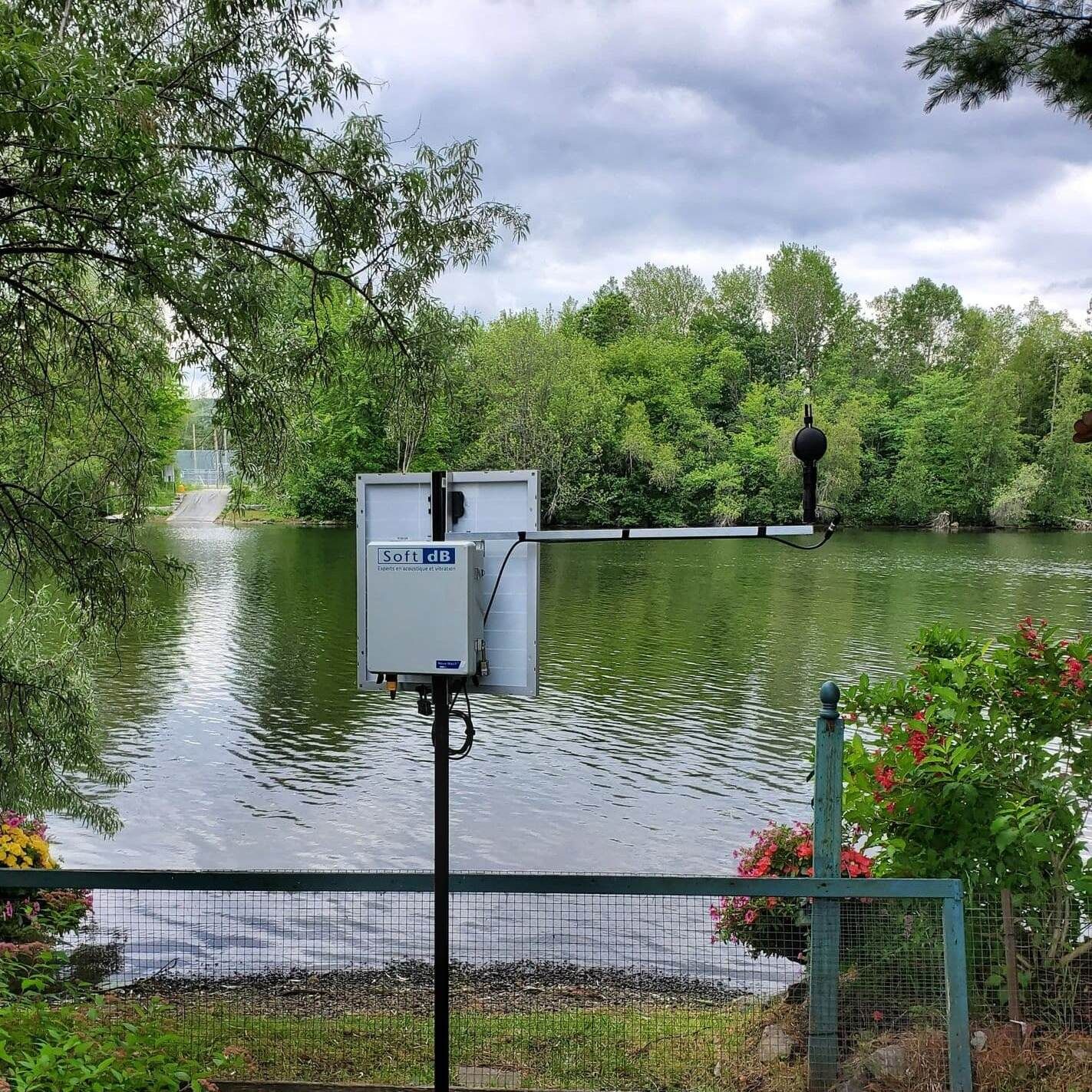
Health and Safety, Architectural Acoustics, Office Noise, Short-Term and Long-Term Precisions... SAS Rules Them All.
Most Class 1 sound level meters log data. They record at set intervals. But they hit a wall on processing power. That’s where the SAS pulls ahead. Need to measure acoustics for months? Need to do short-term measures for health and safety? Or architectural acoustics? Meet the SAS: One microphone that rules them all. The SAS is the perfect Class 1 sound level meter to measure noise exposure, compare it to regulations, and help pinpoint the sources in workplaces, offices, factories, and industries.
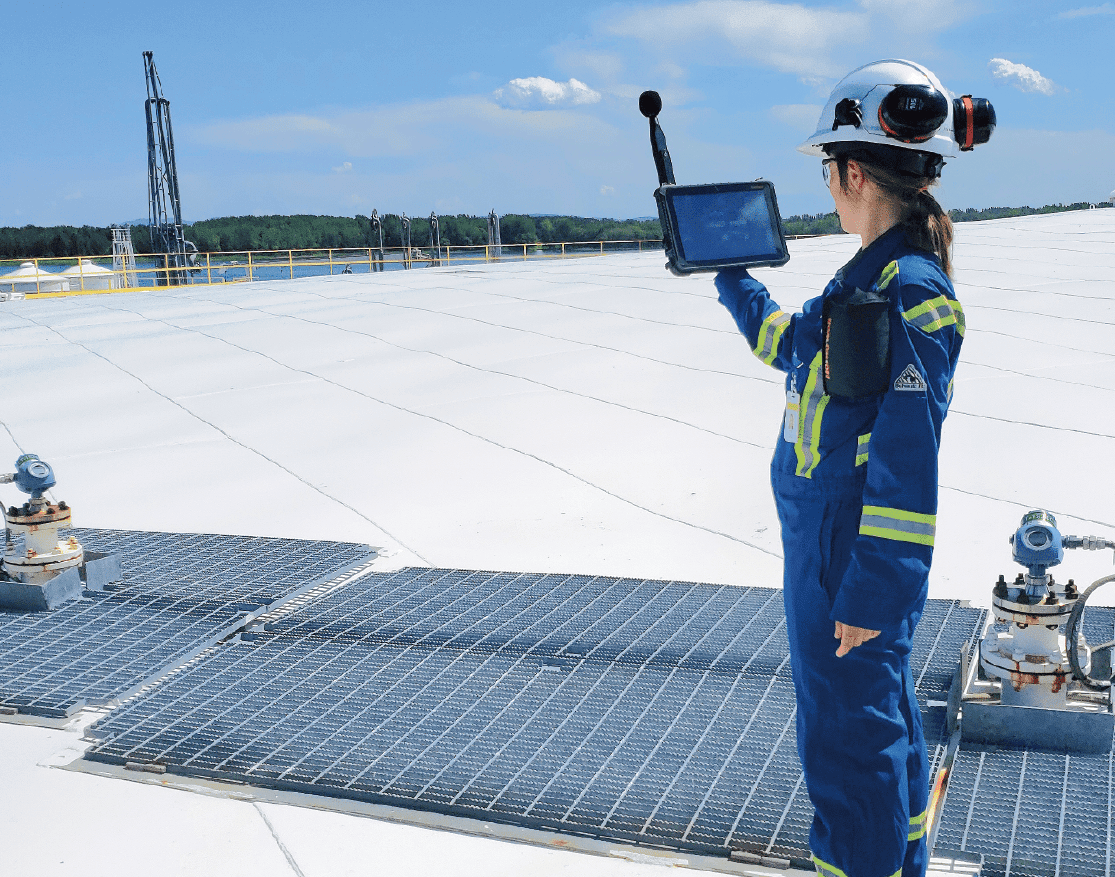
Switch between short-term laptop noise measurements and monitoring station use for long-term logging and data storage.
A world-first sensor with native dBG output. No conversions needed.
Allows for environmental noise surveys, and building acoustics sound pressure levels.
Simultaneous measurements of multiple frequency weightings: dBA, dBC, dBZ, dBG, octave band, third octave band, FFT.
Ensure high accuracy noise measurements with Class 1 sound level meter, designed for professionals.
FFT & 1/3 octave bands starting at 0.5 Hz, suitable for wind farm monitoring, blasting and sonic booms.
Technical & Compliance, Without the Tech Headache
Here are the main features:
Designed for Field Work
Memory : PC logging and Smart Station support. No SD card required.
Environmental : IP54, -40 to 50°C.
Energy : Low power consumption.
Versatile and Easy to Use
Usability : Software or web platform for display.
Convenience : Audio recordings
All-in-one monitoring solution
Standards : IEC 61672, ANSI S1.4, ISEE, AS2187, and more.
Frequency weightings : includes built-in measurement of A, C, Z, LF and G weightings.
Frequency bandwidth : FFT down to 0.5 Hz, 1/3 octave from 6.3 Hz.
Dynamic range : 117 dB (SLM).
Formats : Leq, SEL, Peak, Lpeak, Fast/Slow, TaktMaximal.
Increments : Slow, Fast and Impulse time weightings.
Features That Set the SAS Apart
One Class 1 Sound Level Meter. Four Devices in One.
Acoustics. Overpressure. Infrasound. High noise levels. Measured in a single unit.
No extra hardware. No swaps. Faster deployment, lower CAPEX.
Unlimited time history. Unlimited audio recordings. When connected to our web platform.
Seamless integration. Works with our Watch monitoring stations and desktop software.
Calibration Check You Don’t Have to Think About
Sensor auto-verifies its precision remotely.
No station downtime. No field visits. No guessing.
Calibration certificates embedded right into the sensor.
Data You Can Trust… And Actually Use
Digital signal chain: no interference, no dropouts.
No need for SD cards; works with PC, or Soft dB stations with web access for data hosting and display.
Compatible with PC software and online web platform for levels display.
Built for Harsh Realities
All-weather, rugged design. The outdoor monitoring kits for Class 1 sound level meters protect the device from harsh weather conditions.
Up to 100m cable length without interference.
Precise measurements down to -40°C.
SAS vs. Other Class 1 Sound Level Meters
With so many options out there, why choose SAS?
Because no other Class 1 meter even comes close. See how SAS outperforms the rest.
| Parameters | SAS | Typical Sound Level Meter |
|---|---|---|
| Infrasound Support | Yes | No |
| Blast Overpressure | Yes | No |
| Amplitude Range | 117 dB | 110 dB |
| Frequency Range | 0.5 - 21 kHz | 20 Hz - 20 kHz |
| Remote Calibration Check | Yes | No |
| FFT | Starting at 0.5Hz | Limited |
| 1/3 Octave Bands | 6+ Hz | 20+ Hz |
| Continuous Audio Recordings | Yes | No |
| Price-to-Performance Ratio | High | Low |
| Versatility | Complete | Limited |
| Low Power | Yes | Yes |
Class 1 vs. Class 2: Why It Matters for Compliance and Credibility
Both Class 1 and Class 2 sound level meters measure noise, but not all noise measurements devices are created equal. Here’s why the difference mainly matters:
Accuracy and certificationClass 1 meters meet the strictest tolerances set by IEC 61672 (±1 dB), while Class 2 meters allow for ±2 dB. That extra dB may seem small, but in regulatory audits or legal disputes, it can make the difference between compliance and costly penalties. |
Features and functionalityClass 1 meters like the SAS go far beyond basic measurements: octave/third-octave band analysis, advanced software, audio recordings. Class 2 options, like the Piccolo, are ideal for quick surveys or as an entry-level solution where absolute precision and extended dynamic range aren’t critical. |
Credibility and trustHigh-stakes projects, from environmental impact studies to construction noise conformity, demand data that stands up to scrutiny that exceed precision of Type 2 meters. The SAS Type 1 is purpose-built for professionals who can’t afford questionable values. (And unlike some competitors claiming “Class 1 precision” SAS actually meets the full IEC 61672 standard and requirements.) |
Bottom line:
If you need defensible data for audits and regulatory compliance, Class 1 is the only choice. If you just need basic, cost-effective noise checks, Class 2 such as the Piccolo gets the job done.
Real-World Examples: How Our Clients Use the SAS
Measure sound levels in remote areas, at height, or in hard-to-reach locations — without ever climbing, commuting, or shutting down operations. The SAS Class 1 sound level meter is built for challenging environments where manual calibration is impractical or costly.
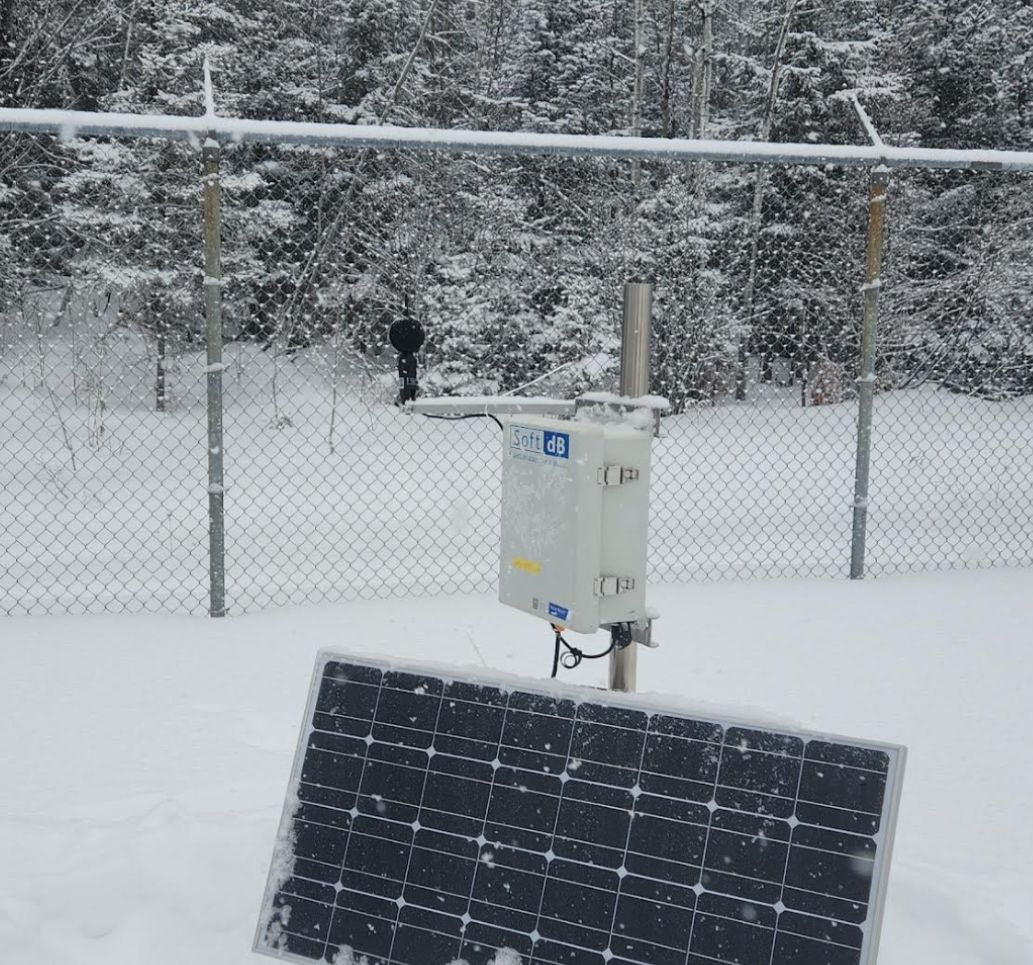
Remote locations:
When sites are hours away, sending someone for manual calibration wastes time and money. Automated checks keep your data accurate; no trip required.
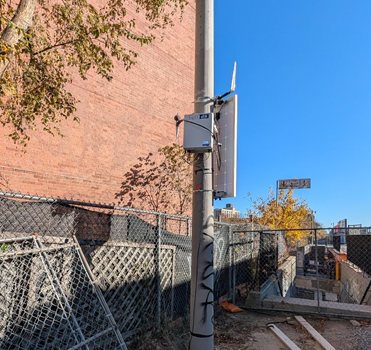
Height and safety risks:
Some regulations require measurements at 4.5 m or higher. Remote sensor checks eliminate risky climbs and keep your team in a safe workplace.
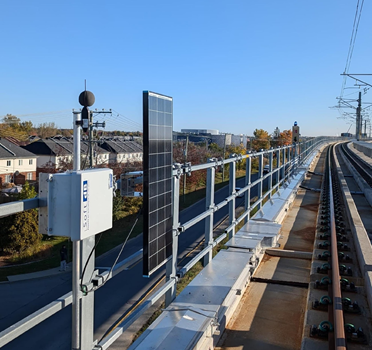
Rail corridors and restricted zones:
Transit projects often place sensors in rail corridors where access is limited. Automatic calibration ensures consistent data without costly service interruptions.
Ready to Upgrade Your Sound Level Monitoring?
The SAS is the Swiss-Army knife of sensors, doing the work of four: Acoustics. Overpressure. Infrasound. High levels. Short-term or long-term. Extended dynamic range. Built-in calibration check. FFT from 0.5 Hz to 21 kHz. Stop wasting time swapping meters. Get the Class 1 solution that does it all: faster, easier, built for pros who need data they can trust.
Request Your QuoteSAS & Class 1 Sound Level Meter FAQ
What Is a Class 1 Sound Level Meter?

A Class 1 sound level meter is a precision instrument that meets the strictest accuracy standards defined by IEC 61672 and ANSI S1.4. It measures noise with a tolerance of ±1 dB, offers a wider frequency range, and can include advanced features like FFT, octave or 1/3-octave band analysis. Class 1 meters are the industry benchmark for compliance assessments, environmental monitoring, and professional acoustic studies where measurement and data must be defensible and meet regulatory requirements.
What’s the Difference Between a Class 1 and Class 2 Sound Level Meter?

Both Class 1 and Class 2 sound level meters measure noise and can provide time history data, but their technical capabilities differ significantly:
- Class 1 sound level meters meet the most stringent tolerances defined by IEC 61672 and ANSI S1.4, with accuracy within ±1 dB. They often record FFT, octave or 1/3-octave band analysis, wider frequency response, audio recordings, and extended dynamic range, allowing them to capture a broader spectrum of acoustic data. These features make Class 1 meters essential for precision assessments, detailed environmental studies, and professional acoustic analysis.
- Class 2 sound level meters meet less strict tolerances (±2 dB) and are typically used for spot checks or estimating overall noise levels where exact precision is not required. They are well-suited for basic surveys or quick assessments.
Are Class 1 Sound Level Meters Accurate?

Sound level meters are classified according to international standards IEC 61672 and ANSI S1.4, which define two accuracy levels: Class 1 and Class 2.
- Class 2 instruments are precise within about ±2 dB, which is adequate for basic monitoring or less demanding applications.
- Class 1 instruments are more precise, with about ±1 dB tolerance, and are widely recognized as the gold standard for professional measurements. They are the preferred choice when data must meet strict regulatory requirements, support critical projects, or stand up to scrutiny in legal or compliance contexts.
An older Class 0 designation existed under previous standards (IEC 60651) for ultra-precise laboratory reference equipment, but it is not used for modern field sound level meters.
In short, when your decisions rely on bulletproof data, Class 1 is the only way to go.
Are Class 1 Sound Level Meter Only Used for Environmental Noise?

Class 1 sound level meters are commonly used for environmental noise measurements and occupational noise.
What Is the Tolerance for Class 1 Sound Level Meter?

A Class 1 sound level meter offers the highest precision, with measurements accurate to within ±1 dB. This level of accuracy ensures reliable noise measurements for professional and regulatory applications.
Will SAS Really Replace My Separate Infrasound and Overpressure Devices in a Single Unit?

Yes, and you won’t want to go back. Trust us, we’re acousticians.
How Reliable Is the SAS’s Sensor Self-Check Feature?

Very reliable. The calibration check function is fully encapsulated within the microphone, shielding it from environmental conditions and ensuring a robust and highly accurate system. This technology automatically verifies the sound level meter’s performance without any human intervention, minimizing manual errors and eliminating the time and cost of on-site checks.
Can I Access the Data if Networking Isn’t Available Onsite?

Whenever used with a tablet or a laptop, it can be used the same way as any traditional sound level meter. With the Soft dB Watch Monitoring station, data logging on the station is possible.
What if My Data Gets Questioned in a Compliance Audit?

Our Class 1 sound level meter meets the highest precision standards (IEC 61672, ANSI S1.4) and features an automatic sensor check that regularly validates calibration. Your data is reliable and defensible in any audit.
If I Buy One SAS and Want to Expand, Can I Integrate It Into Permanent Monitoring Systems?

Of course! Our meter is designed for professionals and built for versatility, whether used by consultants or in long-term noise measurements. It gives users the flexibility to adapt to each project’s specific requirements.
